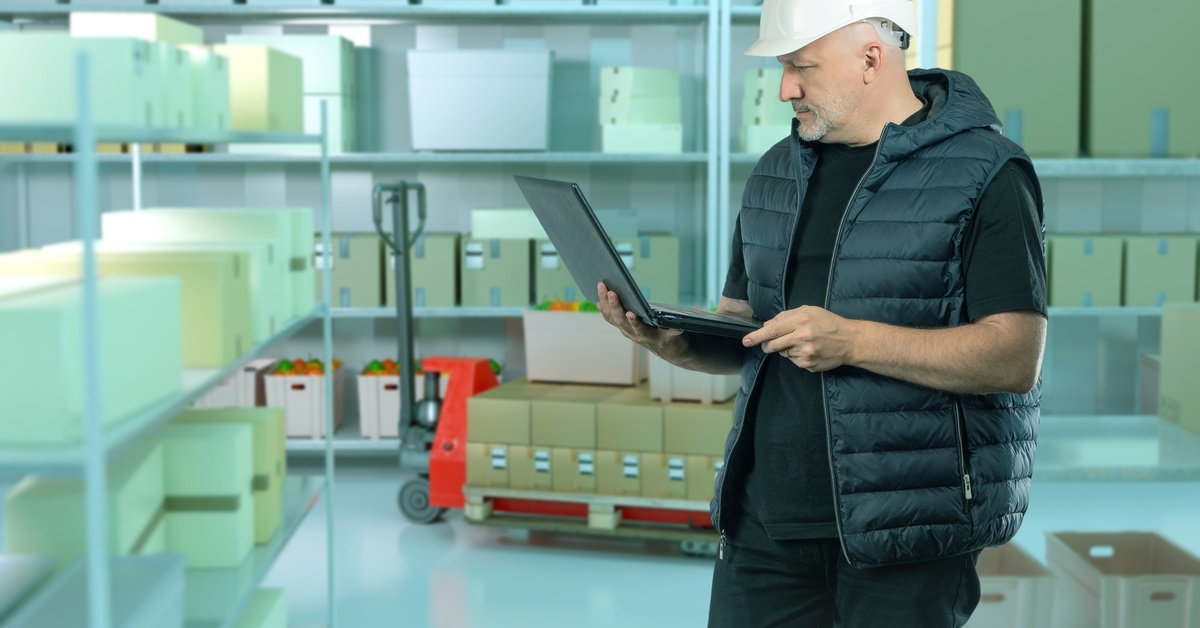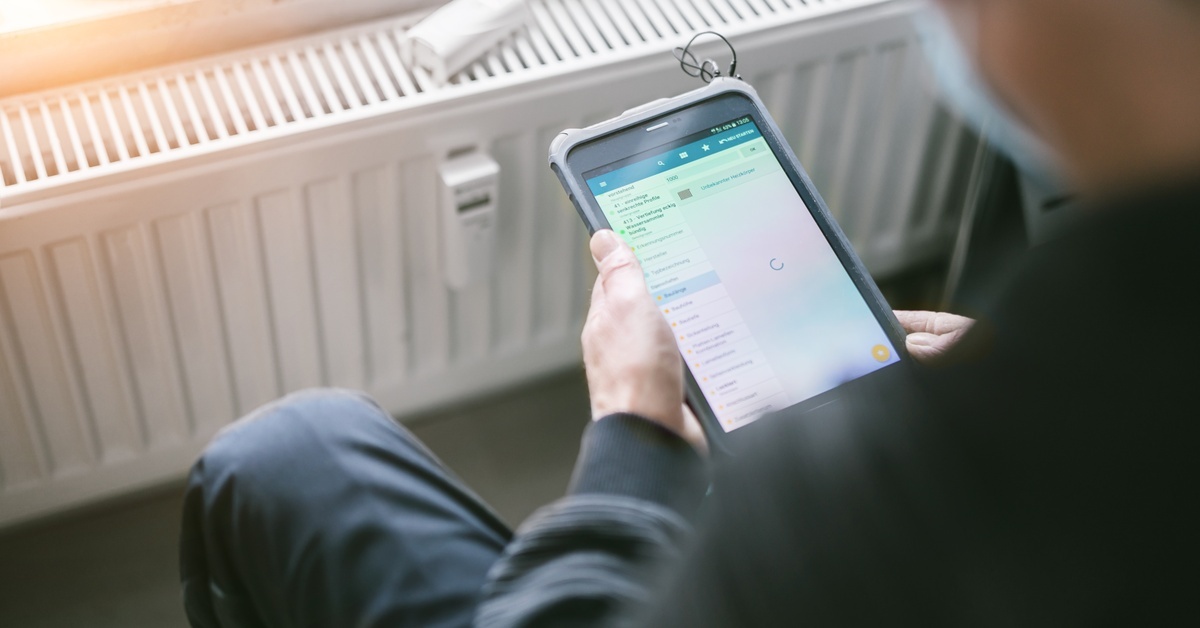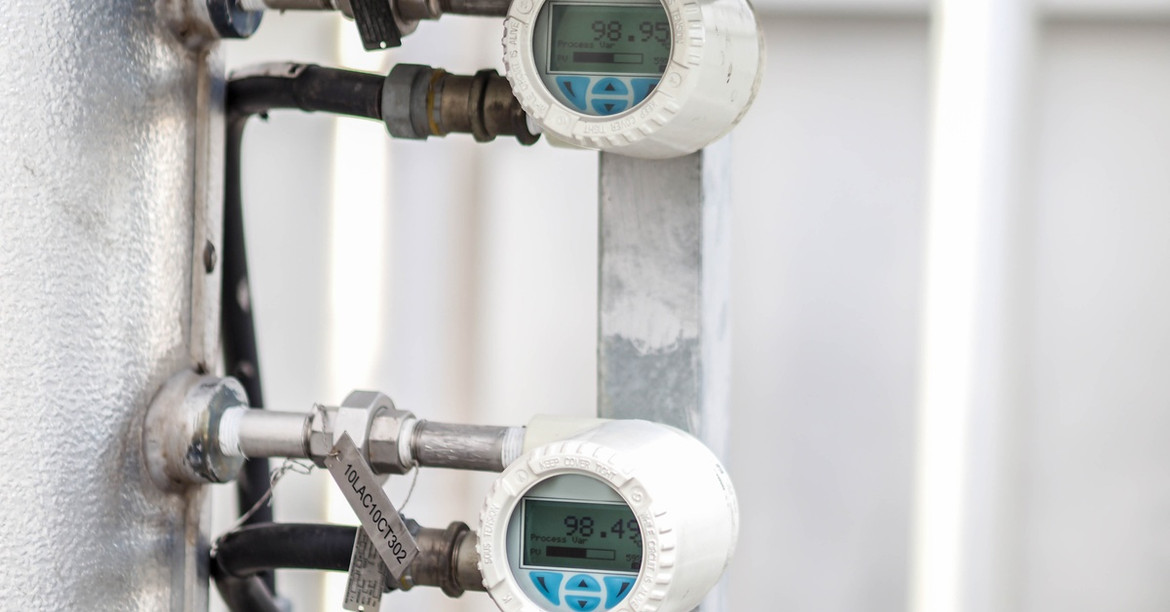Posted by RCP on 6th Nov 2025
How Temperature Monitoring Can Improve Energy Efficiency
Energy costs continue to rise for many industries, making efficiency a top priority for businesses seeking to reduce operational expenses. Temperature monitoring offers a practical solution that organizations might overlook. By tracking temperature data accurately and consistently, companies can identify inefficiencies, optimize HVAC systems, and reduce energy consumption.
Implementing effective temperature monitoring doesn’t require a complete operational overhaul. With the right tools and strategies, businesses can achieve measurable improvements in energy efficiency while maintaining optimal conditions for their operations. Understanding how temperature monitoring can improve energy efficiency allows organizations to make informed decisions about energy management.
Why Temperature Monitoring Matters
Temperature monitoring offers a look into how energy flows through a facility. Without accurate data, businesses might heat or cool spaces beyond what’s necessary. This wastes energy and increases costs without delivering additional value.
Monitoring systems track temperature fluctuations throughout a facility, revealing patterns that indicate inefficiency. For example, temperature spikes during off-hours suggest HVAC systems are running when they shouldn’t be, while cold spots in a building might indicate poor insulation or malfunctioning equipment. These insights allow facility managers to take targeted action rather than making costly guesswork-based adjustments.
Beyond cost savings, temperature monitoring supports sustainability goals. Reducing energy waste lowers carbon emissions and demonstrates corporate responsibility. Many industries also face regulatory requirements for energy efficiency, making monitoring an essential compliance tool.
How Temperature Monitoring Identifies Energy Waste
Temperature monitoring systems collect data continuously, creating a detailed record of conditions over time. This data reveals specific areas where energy waste occurs.
One common source of waste is temperature imbalance across different zones. When some areas are too hot while others are too cold, HVAC systems work harder to compensate. Consistent monitoring identifies these imbalances, allowing for adjustments to airflow, insulation, or equipment placement.
Equipment malfunctions also contribute to energy waste. A refrigeration unit that cycles too frequently or an HVAC system that runs continuously uses far more energy than necessary. Temperature monitoring detects these anomalies, allowing maintenance teams to address issues before they escalate into costly failures.
Tools for Effective Temperature Monitoring
Several tools support temperature monitoring, each offering different capabilities depending on the application. Digital thermometers provide basic temperature readings and work well for spot checks. However, they don’t offer continuous monitoring or data logging, limiting their usefulness for energy efficiency analysis.
Data loggers collect temperature data over time and store it for later review. These devices are useful for identifying trends and patterns, particularly in environments where conditions change gradually. Many data loggers connect to software platforms that generate reports and visualizations.
Wireless monitoring systems offer real-time alerts and remote access to temperature data. These systems are ideal for large facilities or operations with multiple locations, as they allow facility managers to monitor conditions from anywhere and respond quickly to issues.
For industries that require precise documentation, circular chart recorders and accessories provide a reliable way to track temperature over extended periods. These devices create a visual record that’s easy to interpret and meets regulatory requirements for data retention.
HVAC System Optimization Through Temperature Monitoring
HVAC systems account for a significant portion of energy consumption in most facilities. Temperature monitoring optimizes these systems by providing data on actual demand rather than assumptions.
Programmable thermostats become far more effective when adjusted according to monitoring data. Instead of setting arbitrary schedules, facility managers can program systems based on actual occupancy patterns and temperature needs. Zoning strategies also improve with monitoring. By dividing a facility into zones and tracking the temperature in each, managers can direct heating or cooling where needed.
Maintenance schedules benefit from monitoring as well. Data showing declining efficiency or irregular cycling patterns signals that equipment needs servicing. Addressing these issues promptly prevents minor problems from becoming major energy drains.

Temperature Monitoring in Cold Storage and Refrigeration
Cold storage facilities and refrigerated spaces face unique energy challenges. Maintaining consistent low temperatures requires substantial energy input, making efficiency critical.
Temperature monitoring in these environments prevents overcooling, which wastes energy and can damage stored products. By tracking temperature data, operators can fine-tune settings to maintain safe conditions without excessive cooling.
Door openings and traffic patterns affect refrigeration efficiency, and monitoring identifies when temperature fluctuations occur and how long it takes for systems to recover. This information guides decisions about door usage, loading schedules, and equipment upgrades.
Monitoring also supports predictive maintenance. Refrigeration equipment operates under constant demand, and failures can be catastrophic. Temperature data showing gradual warming trends or increased cycling frequency indicates that equipment needs attention before it fails completely.
Temperature Monitoring Integration With Building Management Systems
Standalone temperature monitoring provides valuable insights, but integration with building management systems (BMS) amplifies the benefits. When temperature data feeds into a centralized platform, it informs broader energy management strategies.
BMS platforms can automate responses to temperature data. For example, if monitoring detects that a zone is heating beyond the set point, the system can adjust airflow or reduce heating output automatically.
Energy audits become more accurate with integrated monitoring. Auditors can review historical data to understand how energy is used and where inefficiencies exist. This leads to more targeted recommendations and better ROI on efficiency improvements.
Best Practices for Temperature Monitoring
Successful temperature monitoring requires more than just installing sensors. A strategic approach makes sure that data translates into meaningful energy savings.
Start by identifying critical areas where temperature control impacts energy consumption. Focus on spaces with high HVAC demand, refrigeration systems, or areas where temperature affects product quality or safety.
Choose monitoring tools that match your operational needs. Wireless systems work well for large or distributed facilities, while simpler data loggers may suffice for smaller operations.
Establish clear protocols for reviewing and responding to temperature data. Assign responsibility for monitoring, set thresholds for alerts, and define escalation procedures for when issues arise. Consistent oversight ensures that monitoring delivers ongoing value.
Train staff on the importance of temperature monitoring and how it supports energy efficiency. When employees understand the connection between temperature control and operational costs, they’re more likely to support monitoring efforts and follow best practices.

Long-Term Energy Efficiency Through Monitoring
Temperature monitoring is an ongoing practice that delivers compounding benefits over time. As systems generate more data, patterns become clearer and optimization opportunities emerge.
Regularly review monitoring data to identify new areas for improvement. Energy efficiency is a moving target, with changes in occupancy, equipment, and weather all affecting performance. Continuous monitoring allows adjustments to keep pace with changing conditions.
Share monitoring results with stakeholders to build support for efficiency initiatives. When leadership sees measurable savings from temperature monitoring, they’re more likely to invest in additional efficiency measures. Demonstrating results also reinforces the value of data-driven decision-making across the organization.
Take a Step Toward Greater Efficiency
Temperature monitoring offers a clear path to reducing energy waste and lowering operational costs. By providing accurate, actionable data, monitoring systems empower businesses to optimize HVAC performance, maintain refrigeration efficiency, and identify equipment issues before they escalate.
Evaluate your current temperature control practices and identify where monitoring can deliver the greatest impact. Whether you manage a single facility or oversee multiple locations, the right monitoring approach will provide the insights you need to achieve lasting energy efficiency improvements.

